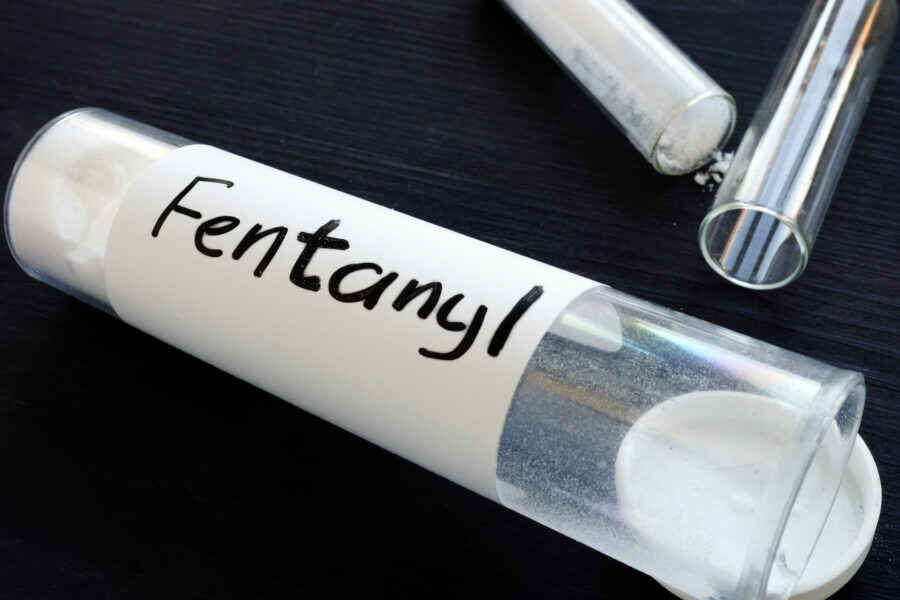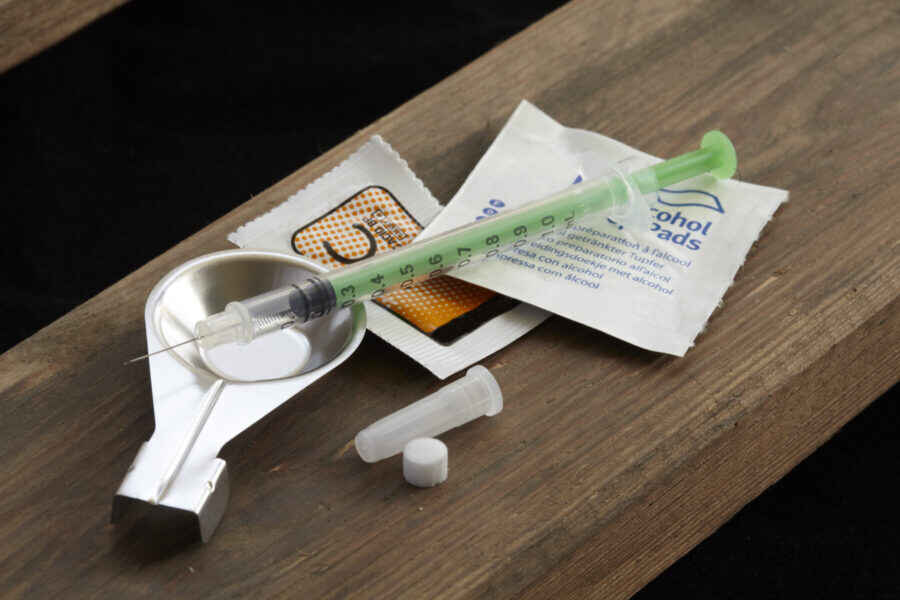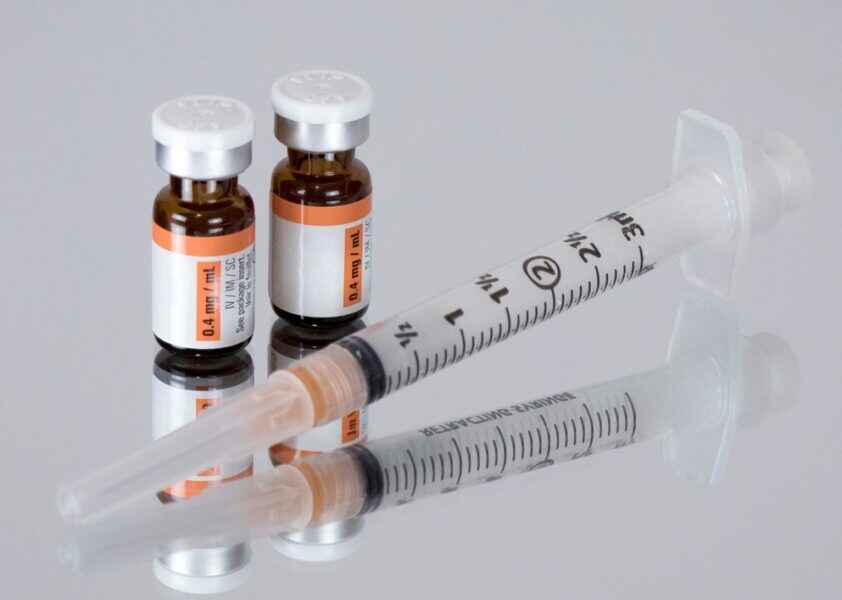
As One State Strides Forward on Evidence-Based Drug Policy, Another Slides Back
Law & Policy InsightsSubstance Use Prevention and Harm ReductionHarm Reduction Legal ProjectUnlike how they regulate the far more deadly drug products tobacco and alcohol, states overwhelmingly continue to treat individuals who use illicit drugs as criminals, and state law is oriented towards arresting, prosecuting, and incarcerating them. A few states, however, have made more significant changes, and some have made less drastic but still important changes.











